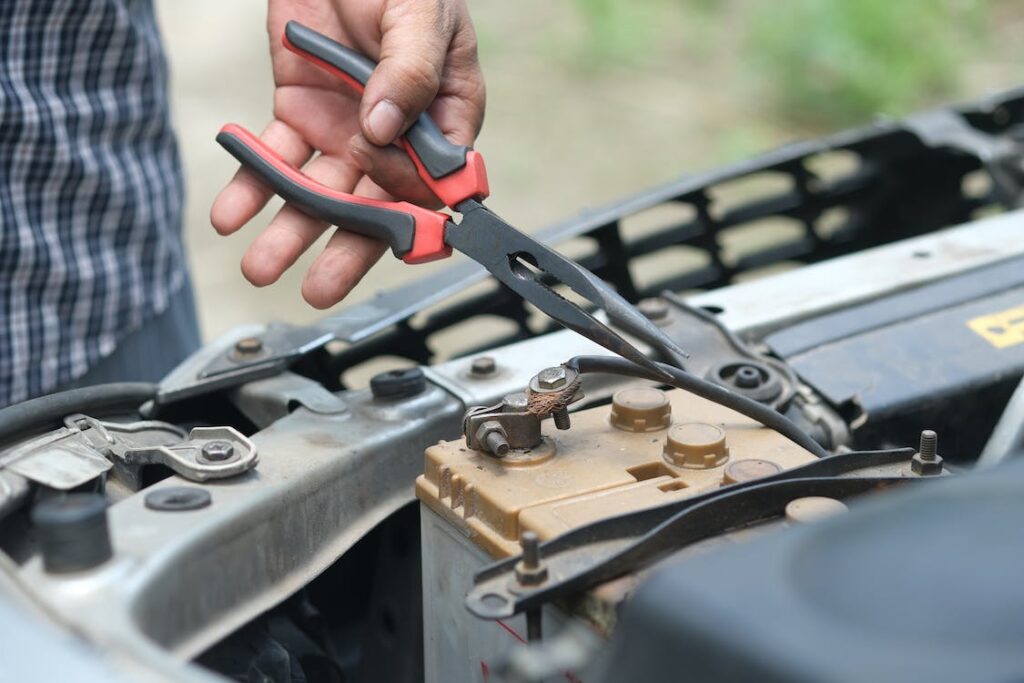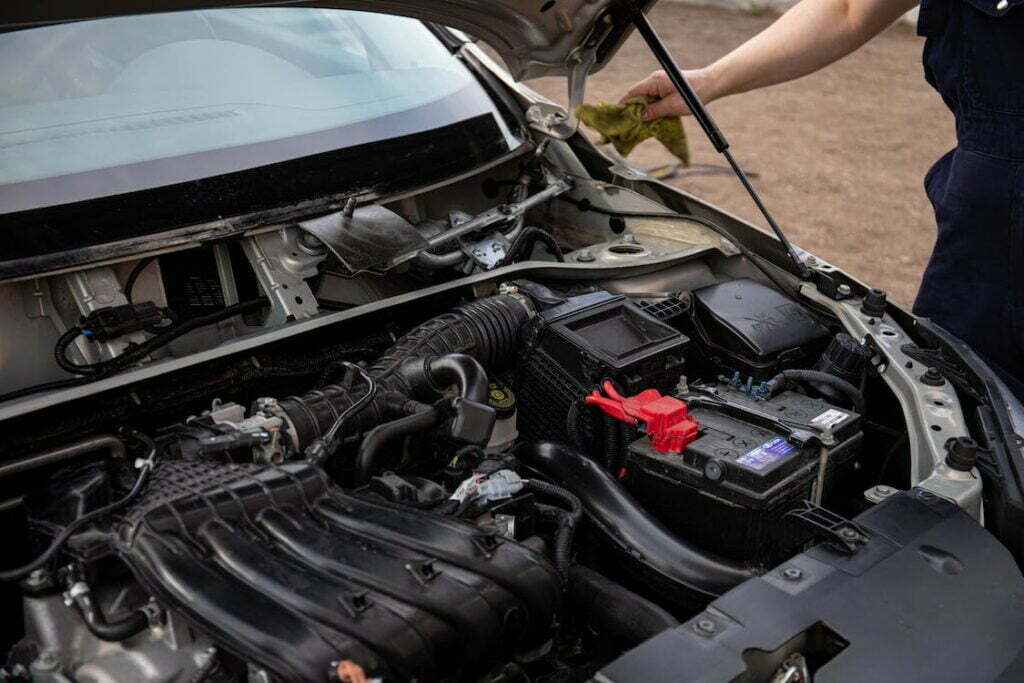A battery saver active message in a car typically indicates that the vehicle’s battery is not being charged as it should, and that the battery saver system has been activated to help preserve the remaining battery power. This message may appear on the dashboard or instrument panel of the vehicle, and it is usually accompanied by a warning light.
If you see a battery saver active message in your car, it is important to address the issue as soon as possible to prevent the battery from completely draining and leaving you stranded. In this blog, we will explore the various causes and solutions for a battery saver active message in a car
The Meaning of a Battery Saver Active
A “battery saver active” message in a car means that the vehicle’s battery is not able to provide enough power to meet the current demand, and the car’s electrical system is taking steps to conserve power and extend the battery’s life. This may involve shutting off certain non-essential systems or functions, such as the radio, climate control, or exterior lights.
A “battery saver active” message may appear on the dashboard of your car if the battery is running low on charge, or if there is a problem with the electrical system that is causing the battery to drain more quickly than normal. In some cases, the battery saver mode may be activated automatically based on the car’s settings.
If you see a “battery saver active” message in your car, it is important to understand the potential causes and take steps to address the issue.
Battery Saver Active: What Causes It?
Bad car battery

A bad battery can cause a “battery saver active” message in a car. If the battery is no longer able to hold a charge or is not functioning properly, it may cause the car’s electrical system to activate battery saver mode in an effort to conserve power and extend the battery’s life.
If you suspect that a bad battery is causing a “battery saver active” message in your car, the most effective solution is to replace the battery. A faulty battery may not be able to hold a charge, and it may also cause problems with the car’s electrical system, leading to further issues down the road.
To replace the battery, you will need to purchase a new battery that is compatible with your car. You can purchase a battery from an auto parts store, a dealership, or online. Before purchasing a new battery, be sure to check the specifications to ensure that it is the correct size and type for your car.
Alternator failure
Alternator failure can be another cause of a battery saver active message in a car. The alternator is a key component of the vehicle’s electrical system, and it is responsible for generating electricity to power the car’s electrical components and charge the battery. If the alternator fails or is not functioning properly, it can cause issues with the battery and trigger the battery saver active message.
To fix an alternator failure and resolve a “battery saver active” message in a car, you will need to replace the alternator. This process typically involves removing the old alternator, installing a new alternator, and making any necessary connections. If you are not comfortable with this process, you may want to consider having a professional mechanic handle the replacement.
Defective battery cables

Defective battery cables can be one of the causes of a battery saver active message in a car. The battery cables are responsible for carrying electrical current from the battery to the car’s electrical system, and if they are damaged or not functioning properly, it can cause issues with the battery and prevent it from being charged as it should.
To fix defective battery cables and resolve a “battery saver active” message in a car, you will need to replace the cables. This process typically involves removing the old cables, installing new cables, and making any necessary connections.
Battery sensor malfunction
A battery sensor malfunction can also be a cause of a battery saver active message in a car. The battery sensor is responsible for monitoring the battery’s charge level and sending this information to the car’s electrical system. If the sensor is not functioning properly, it can cause the battery saver active message to be displayed on the dashboard or instrument panel of the car.
To fix a battery sensor malfunction, you will need to have the sensor checked and repaired or replaced if necessary. This may require the assistance of a mechanic or auto repair professional. It is also a good idea to have the battery itself checked to ensure that it is in good condition and functioning properly.
How to fix Battery Saver Active in a car
There are a few steps you can try to fix the “Battery Saver Active” issue in a car:
- Check the battery connection: Make sure the battery cables are securely connected and not corroded. If they are corroded, clean them with baking soda and water or a battery terminal cleaner.
- Check the battery voltage: Use a multimeter to check the battery voltage. If it is below 12 volts, it may need to be charged or replaced.
- Check for any parasitic drains: There may be a device or component in the car that is causing a drain on the battery when the car is not running. You can try pulling the fuses one by one to see if the battery drain stops.
- Check the alternator: The alternator is responsible for charging the battery while the car is running. If it is not working properly, the battery will not get charged and the “Battery Saver Active” message may appear.
- Replace the battery: If none of the above steps fix the issue, it may be time to replace the battery. Make sure to use a high-quality battery that is compatible with your car.
FAQS
Q: Do I need a new battery because of battery saver mode?
A: Not necessarily. Battery saver mode is often activated when the battery voltage drops below a certain level, which can happen for a variety of reasons. It could be a problem with the battery itself, such as it being old or damaged, or it could be a problem with the charging system, such as a faulty alternator. In some cases, the issue may be resolved by cleaning the battery terminals or charging the battery. However, if the issue persists and the battery is old or damaged, it may need to be replaced.
Q: When the battery saver light is on, can you drive?
A: It is not recommended to drive with the “Battery Saver” light on as it indicates that there is an issue with the battery or charging system. Driving with the light on can potentially cause further damage to the car or even cause it to stall. It is best to address the issue as soon as possible to prevent any further problems. If you must drive with the light on, try to avoid using any electrical components (such as the radio or air conditioning) to conserve battery power. It is also a good idea to have the car checked by a mechanic as soon as possible.
CONCLUSION
Overall, battery saver active is a useful feature that can help keep your car running smoothly and prevent unexpected breakdowns. It’s just one more way to take care of your vehicle and ensure that it’s always ready to go when you need it
If you are unsure about what to do or are not comfortable attempting to fix the problem yourself, it is always best to seek help from a professional.
FOLLOW US
